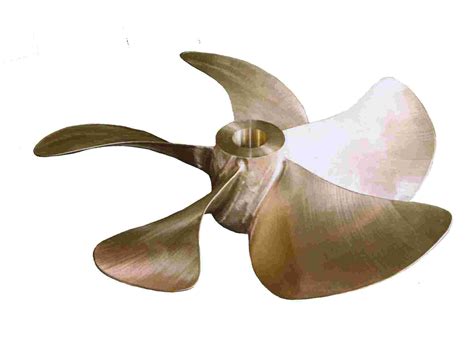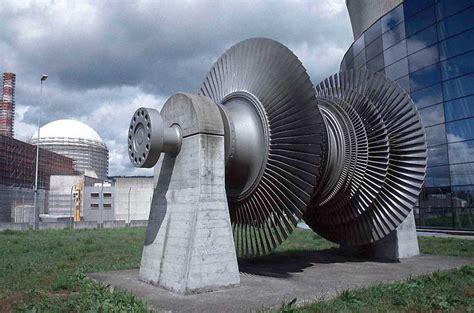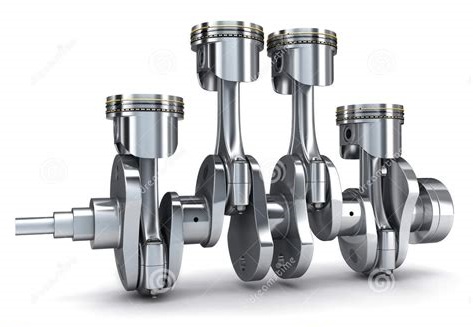Kinetic Energy → Electric Energy
The main principle used in converting kinetic energy into electric is the principle of electromagnetic induction.
Recall the Faraday's Law that defines the induced EMF as being proportional to a rate of changing the magnetic flux
EMF = −dΦ/dt
We can achieve a variable magnetic flux by either rotating the wire frame in the permanent magnetic field or rotating the magnetic field inside the wire frame. The corresponding designs were discussed earlier in this course.
In this lecture we will talk about how we can make a rotation of a rotor in the electric generator.
The simplest form of generating a rotational movement is if we already have some mechanical movement, so all we need is to transform one form of motion (usually, along some trajectory) into a rotational one.
As the first example of such purely mechanical device, consider a propeller.

It can be used to convert the flow of water in hydroelectric plants or the flow of wind through a wind turbine into a rotation. Once we have a rotational motion of the rotor in an electric generator, the rest goes along the previously described way of generation of electricity according to the laws of induction.
It can be a generation of alternating current, including three-phase one, or direct current. These were discussed in details in previous lectures.
In other cases we do not have already available motion that we can transform into a rotation, but we can artificially create one, using some other form of energy.
The common process thermal power station is to generate a flow of steam by heating the water or a flow of some kind of combustion gases. This can be done by using the burners that burn coal, oil or natural gas.
Another way of heating is to use nuclear energy to heat the water by controlling the chain reaction inside the radioactive core of a nuclear reactor.
In some cases the solar energy is used to heat the water to produce a flow of steam.
Rarely used types of heat are geothermal and ocean thermal sources.
In all these cases some kind of turbines are used to convert the flow of moving substance (water, air, gases, steam) into a rotation.
Steam turbines are just a more sophisticated type of propeller (or rather coaxial propellers), allowing to extract as much as possible energy from the steam flow.

Another form of generating electricity from heat and kinetic energy is internal combustion engines. The work of such engine results in a reciprocating motion of a piston, converted, using a connecting rod and a crankshaft, into rotation of a rotor of an electric generator that generates electricity.

In all the above cases the electricity is produced from kinetic energy of some substance, which is either readily available in nature (like water flowing along a river) or produced as a result of some process (like heating the water to produce a flow of steam).


No comments:
Post a Comment